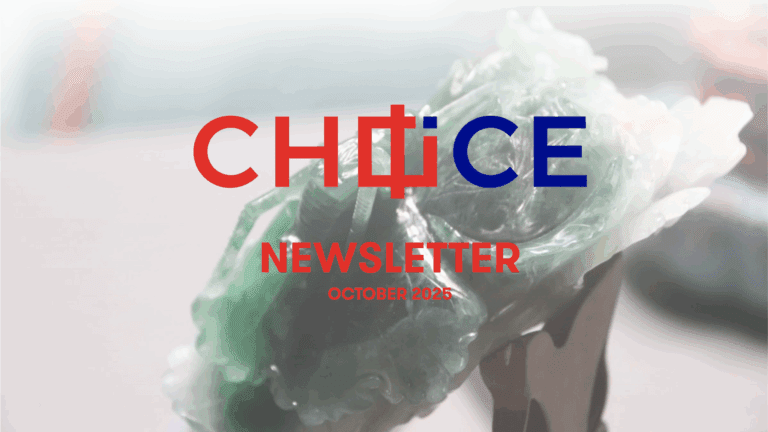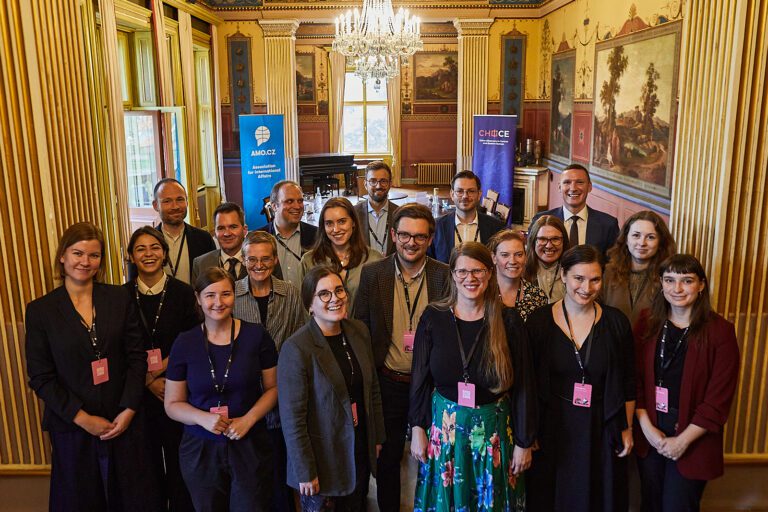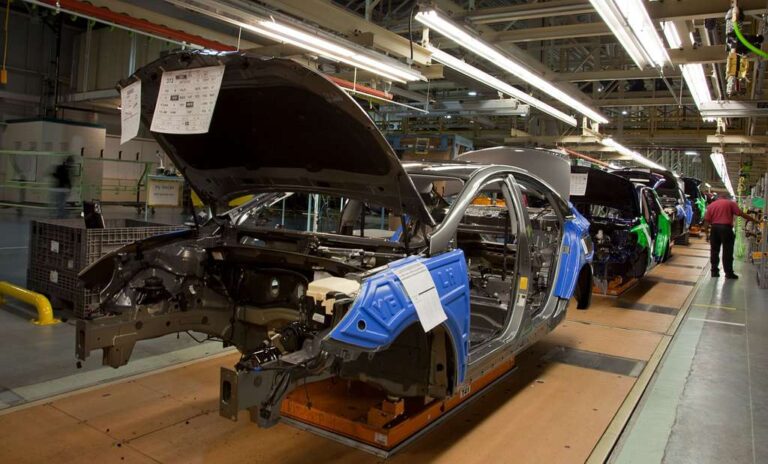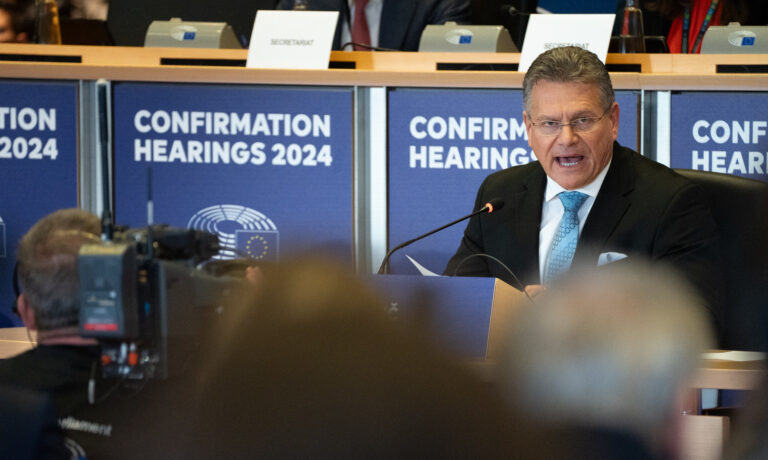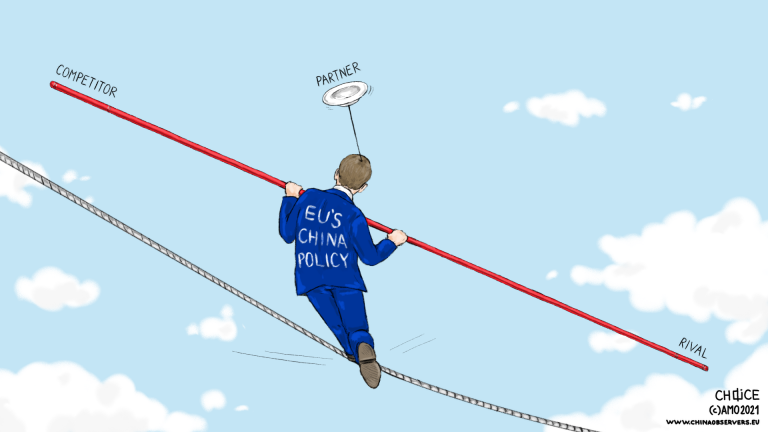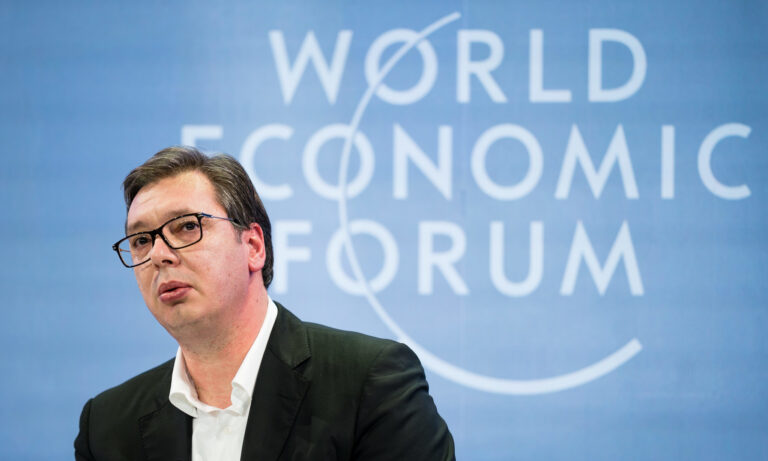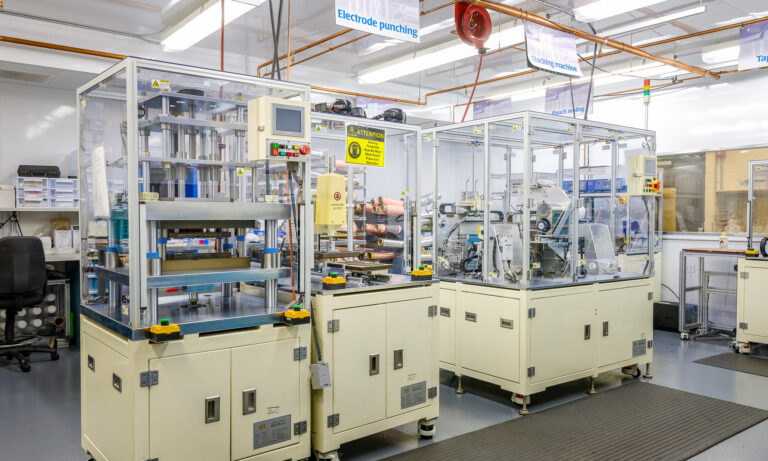#CEE
CHOICE Newsletter: Wang Yi Visits Central Europe Amid Russian Drone Provocations
Dear reader, October finalizes a change of guard at CHOICE. We’re bidding farewell to our Senior China Analyst Filip Noubel, who is moving on to develop his own projects. We thank Filip for his…
China, Russia and the Strategic Blind Spots of Europe Conference
On September 15, 2025, the conference “China, Russia and the Strategic Blind Spots of Europe” – co-organized by the Association for International Affairs (AMO) and the European Council on Foreign Relations (ECFR) – was…
When the Assembly Line Goes Silent: Europe’s Automotive Heartland Under Threat
This article is based on the policy brief “Electric Shock: The Chinese Threat to Europe’s Industrial Heartland” by Jakub Jakóbowski and Janka Oertel, published by the European Council on Foreign Relations in May 2025.…
Powering the Periphery: The Future of the Central and Eastern European Auto Industry
This article was originally published with Taiwan Insight and is republished here with the permission of the author. The article is part of an ongoing collaboration between Taiwan Insight and CHOICE. The automotive heartland of…
Reassessing the EU Business Environment: Insights from Chinese Direct Investors
The EU market is no longer considered to be fair, transparent, open, or predictable. This is the main conclusion of the report titled “Facing Challenges, Forging Ahead: CCCEU Report on the Development of Chinese…
The 2025 EU-China Summit: Perspectives from Central and Eastern Europe
As the 25th EU-China summit approaches – scheduled for July 24 in Beijing, following a series of high-level meetings between European and Chinese officials, including the EU-China Strategic Dialogue held on July 2 –…
A Quiet Signal: Serbia Deepens Military Ties with China Amid Global Distractions
In late July, special forces from China and Serbia will participate in a joint military training exercise – Peace Defenders-2025 – in China’s Hebei province. The announcement, made by Chinese defense ministry spokesman Jiang…
Has the China Free Trade Agreement Paid Off for Serbia?
When Chinese and Serbian officials signed a free trade agreement (FTA) on the sidelines of the 2023 Belt and Road Forum in Beijing, it was hailed as the dawn of a new era in…
Not in My Backyard: Local Opposition to Chinese Green Tech Investments in Slovakia
This article is based on the research paper “The Cost of Going Green: Chinese EVs and Their Local Impact in Slovakia” by Dominika Remžová, published by the Association for International Affairs (AMO) in June…
Benign Invitations: China’s Playbook for Approaching Western Academics
This article is part of a newly launched section of CHOICE dedicated to in-depth investigations and personal insights that illuminate the lesser-known dimensions of Chinese influence in Central and Eastern Europe. In this space,…
Battle of the Batteries: Chinese EV Investments and the Issue of Local Content Requirements
In recent years, Central and Eastern European (CEE) countries – in particular Hungary and Slovakia – have become major recipients of Chinese EV investments. While EV assembly is underway (currently by Volvo/Geely and BYD,…
V4-Taiwan Industrial Cooperation as a Strategic Response to a Shifting Global Order
The article is published as part of a joint issue “Green Synergies: Sustainability, Security, and Taiwan-Europe Collaboration” between CHOICE and the University of Nottingham’s Taiwan Insight. The European Union finds itself caught between new dependencies –…
